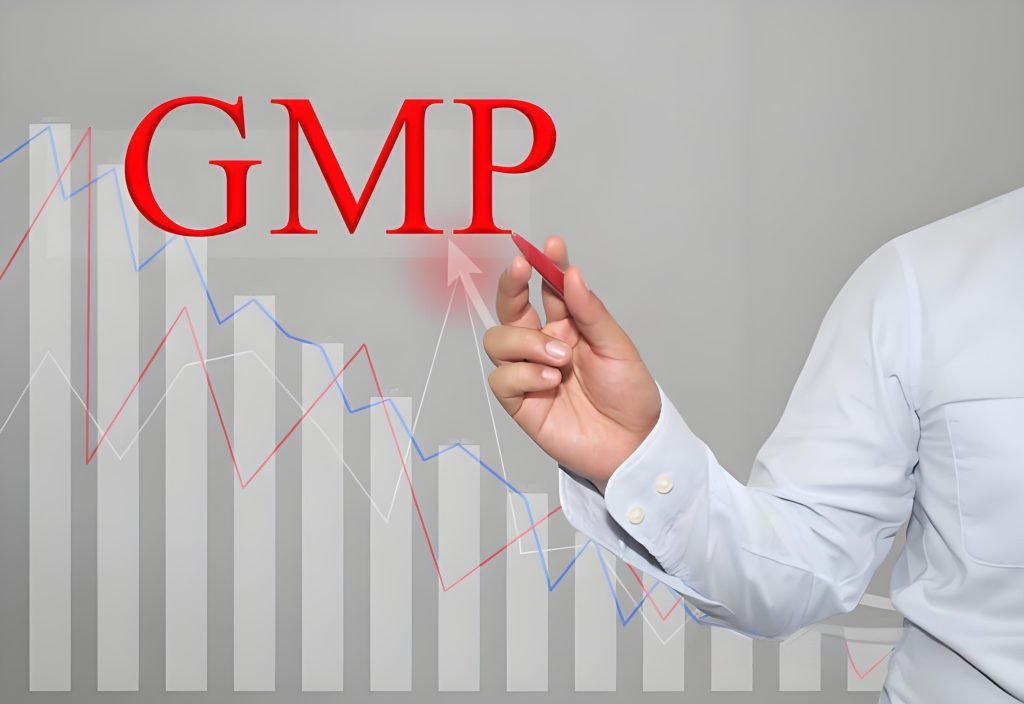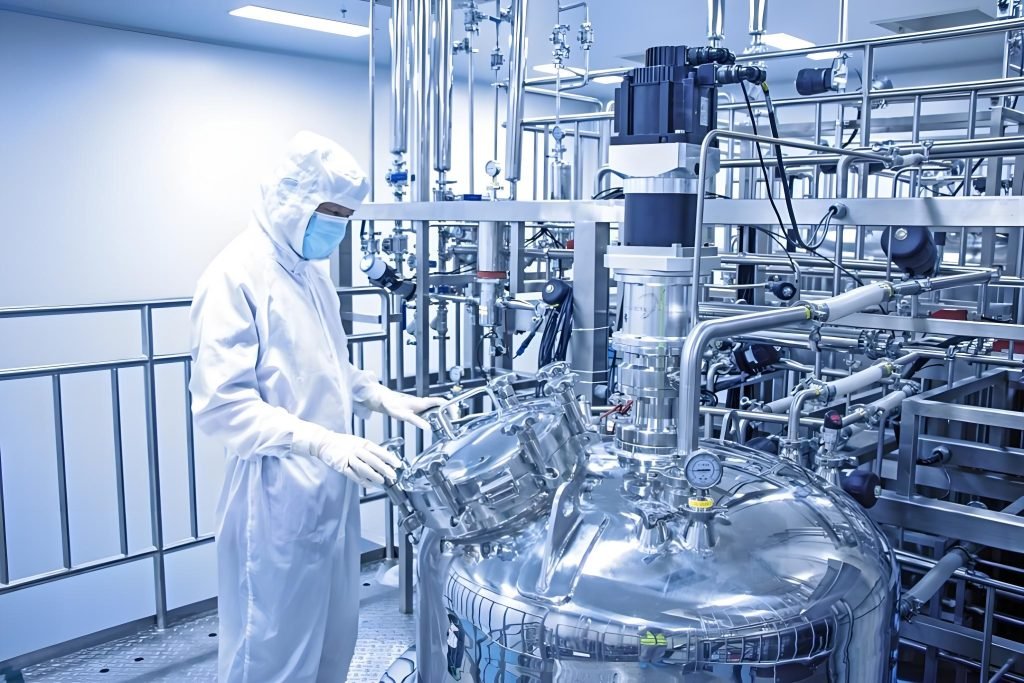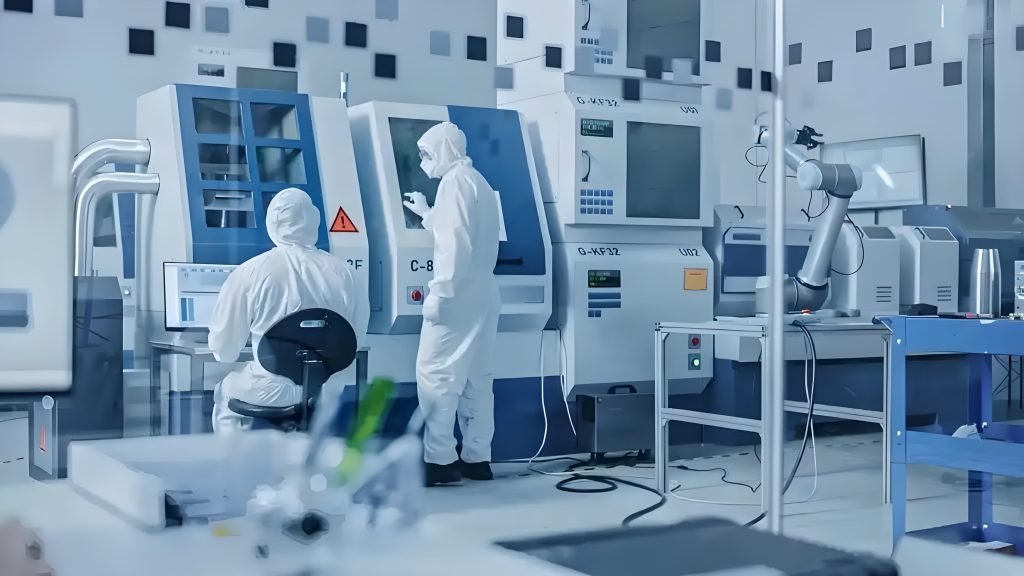When you trust a medical device, a surgical mask, or even a life-saving drug, you’re also trusting the invisible system that made it safe. And that system is GMP (Good Manufacturing Practice).
It is the backbone of quality and safety in the medical world, ensuring that every product is consistently produced and controlled. In fact, up to 75% of major product recalls in the healthcare sector are linked to manufacturing failures that GMP is designed to prevent.
In this guide, we’ll dive into what GMP in medical manufacturing really means, so keep reading, and ensure the quality of the medical products you manufacture.
What is GMP (Good Manufacturing Practices)?

GMP is a set of strict guidelines that manufacturers must follow to ensure their products are consistently high-quality, safe, and effective. These rules apply to industries like pharmaceuticals, medical devices, food production, and cosmetics.
It focuses on controlling every part of the production process. This includes having clean facilities, trained staff, reliable equipment, and detailed procedures for every task.
Regulatory bodies like the FDA (Food and Drug Administration) in the U.S. and the EMA in Europe require companies to meet GMP standards before they can sell their products. If a company fails to comply, it can face heavy penalties, recalls, or even complete shutdowns.
Why GMP is Crucial in the Medical Field

When it comes to healthcare, even the smallest mistake can have life-threatening consequences. That’s why GMP is absolutely necessary in the medical field. It ensures that every drug, device, or equipment is made safely and to the highest standards.
In medicine, there is zero room for contamination, inconsistent dosages, or faulty materials. Following GMP means strict hygiene practices, detailed documentation, proper staff training, and precise equipment handling at every stage of production.
Beyond safety, GMP also strengthens public trust. When patients, doctors, and hospitals know that medical products meet strict GMP standards, they can use them with confidence.
Key Components of GMP in Medical Manufacturing
Here are the key components of GMP in medical manufacturing that ensure every product is made with precision:
1. Quality Management Systems
A Quality Management System (QMS) is the foundation for all GMP operations. It’s a structured framework of procedures, processes, and responsibilities designed to maintain consistent quality in production.
In medical manufacturing, a QMS covers every part of the product life cycle, from design, development, production, and more. It includes systems for handling complaints, recalls, and corrective actions.
Without QMS, it would be nearly impossible to ensure that medical products are consistently safe and effective.
2. Staff Training and Qualifications
Even the best systems cannot succeed without properly trained people. GMP demands that all personnel involved in medical manufacturing are not only qualified for their roles but also receive regular training updates. It also includes specialized fields like GMP medical silicone mold manufacturing.
Moreover, employees must fully understand their responsibilities, the procedures they must follow, and the importance of adhering to GMP standards.
Staff are trained on hygiene practices, equipment operation, documentation protocols, and how to identify risks or non-conformities. Due to this ongoing education, the workers stay updated on new regulations, technology, and best practices to minimize errors.
3. Facility Design and Sanitation
GMP guidelines emphasize that the design of medical manufacturing facilities must actively reduce the risks of contamination and errors. Facilities must be organized to support a clean workflow, with separate areas for different production stages to avoid cross-contamination.
Additionally, materials must flow in a controlled manner, from raw materials’ entry to finished goods exit, without unnecessary backtracking.
Sanitation is also equally important. Clean rooms, sterilized surfaces, and strict cleaning schedules are essential to maintaining a safe production environment. If the facility is poorly maintained, it could lead to contamination and regulatory violations.
4. Proper Equipment Calibration and Maintenance
Medical manufacturers rely heavily on specialized equipment to produce precise, high-quality products. GMP requires that all machinery and instruments be regularly calibrated and properly maintained to ensure consistent performance.
This calibration involves comparing the equipment’s measurements against a known standard to verify accuracy. Maintenance, on the other hand, involves routine inspections, repairs, and cleaning to prevent breakdowns and malfunctions.
If you or your workers neglect calibration or maintenance, it can lead to serious production errors, such as incorrect drug dosages, defective medical devices, or sterility failures. Documenting every calibration and maintenance event is also a key requirement under GMP.
Role of GMP in Medical Device Manufacturing

GMP for medical devices serves as the foundation for quality assurance and safeguarding patient health.
The FDA mandates that manufacturers establish and adhere to quality systems to ensure their products consistently meet applicable requirements and specifications. The most crucial aspects of GMP in this industry include:
- Design Controls: Implementing procedures to ensure that device design meets user needs and intended uses.
- Process Validation: Establishing documented evidence that manufacturing processes consistently produce products that meet the specifications.
- Risk Management: Identifying and mitigating potential risks associated with device use.
Consequences of Not Adhering to GMP in Medical Manufacturing
Failing to follow GMP can have serious consequences in the medical world, including:
1. Risks to Patient Safety
When GMP guidelines are ignored, patient safety is directly threatened. Poorly manufactured medical devices or drugs can result in contamination, incorrect dosage, device malfunctions, or life-threatening infections.
Without strict quality controls, dangerous errors might go unnoticed until products reach the hands of doctors or patients. In extreme cases, patients can suffer permanent injury, worsening of health conditions, or even death.
2. Legal and Financial Repercussions for Manufacturers
Not following GMP doesn’t just hurt patients, it can also destroy a company’s reputation and finances. Manufacturers may face regulatory action like product recalls, warning letters, heavy fines, or even forced shutdowns by authorities like the FDA or EMA.
For instance, in 2022, the FDA issued around 685 warning letters due to different manufacturing violations. Recalls alone cost companies millions of dollars, not to mention the loss of consumer trust.
Executives might also face personal legal consequences, including lawsuits or criminal charges in severe cases, if negligence is evident.
Partner with Fecision for Precision, Quality, and Compliance
GMP in medical manufacturing is the foundation of trust, safety, and innovation. As technologies advance, it’s important to maintain strict GMP standards, which will only become more critical over time.
For manufacturers, this means choosing partners, such as Fecision, who understand the standard and live by it.
Our specialty lies in molding services, CNC machining, and mold tooling. All our products are made according to the highest standards of safety. If you’re also looking to partner with someone on your next project, contact us.




